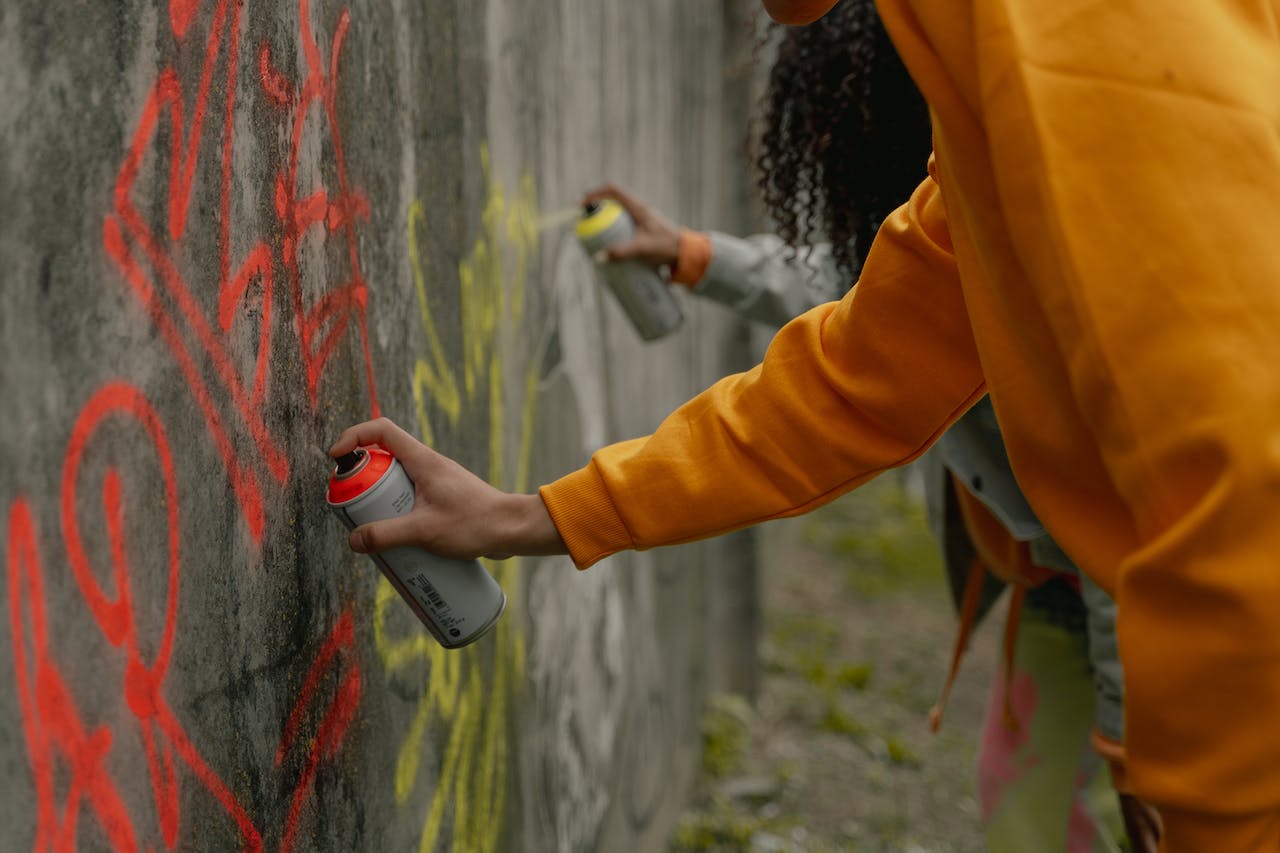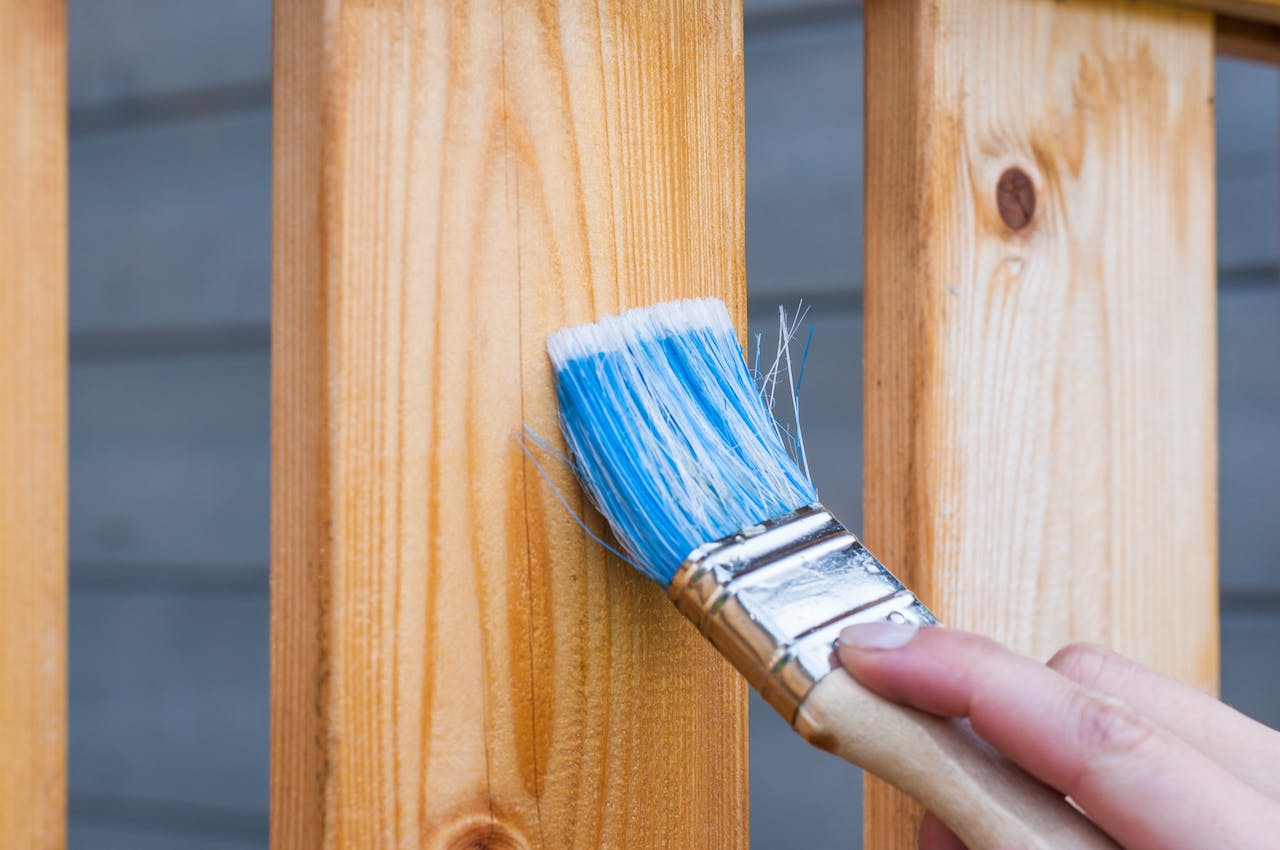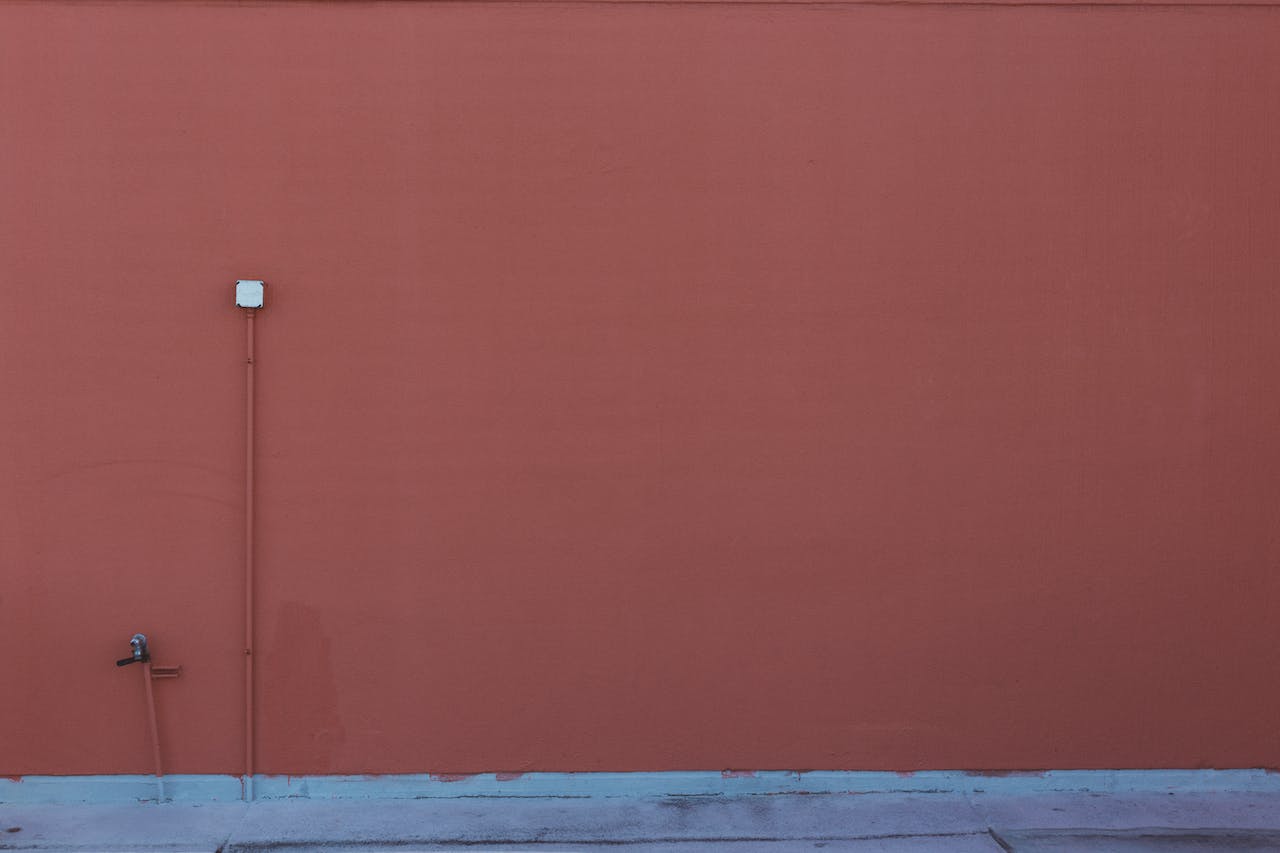Welcome to the colorful world of furniture makeover! If you’re standing in front of an old dresser, a worn-out chair, or any piece of furniture begging for a fresh lease on life, you might be wrestling with the age-old DIY dilemma: to spray or to brush.
It is like choosing between a fork and a spoon for dessert – both can get the job done, but the outcome might taste a little different. Whether you are a seasoned DIY enthusiast or a first-time furniture flipper, this guide will take you on a vibrant journey through the pros and cons of spraying and brushing paint onto furniture. So grab your paint cans, shake off the dust from your brushes (or your spray gun), and dive into the colorful debate to transform your furniture from blah to voilà with the stroke (or spray) of genius!
Advantages of Spray Painting
Speed
Beyond the aesthetic appeal of a smooth finish, the efficiency of spray painting stands out as a significant advantage. Sprayers are designed to cover large areas rapidly, translating into substantial time savings on big projects or furniture with extensive surface areas. This efficiency is a game-changer for projects on tight schedules or when multiple pieces need refurbishing within a limited timeframe. The ability to swiftly move from one project to the next without compromising quality makes spray painting preferred for personal and professional refurbishing tasks.
Covering different areas
With spray paint, covering areas the brush cannot reach is easier. For example, you can reach crannies, intricate nooks, spindles, and small pieces. You can still get them with a paintbrush but with incredible difficulty. You would always have to keep this in mind while differentiating.
Smooth Finish
Spraying paint on furniture offers a trio of compelling advantages, making it an attractive choice for both novice and experienced DIY enthusiasts aiming for professional-looking results. The first and most lauded benefit is achieving a smooth, flawless finish without brush marks. This quality is essential when working on surfaces with intricate details or requiring a sleek, high-quality look that only spraying can effortlessly provide. Traditional brush methods often need to match the uniformity and finesse of the finish achieved through spraying.
Even Application
Another noteworthy advantage is the even application that spray painting affords. Unlike brushes, which can struggle to coat complex shapes or hard-to-reach areas evenly, spray paint disperses a fine mist that settles uniformly over every nook and cranny of the furniture. This ensures that even the most intricate designs or awkward angles receive an even coat of paint, enhancing the overall look and longevity of the finish and achieving consistent coverage without needing touch-ups or concern over missed spots. Further, cement spray painting is superior to various furniture painting projects.
Disadvantages of Spray Painting
Equipment and Cost
While spray painting furniture offers numerous finish quality and efficiency advantages, it has drawbacks. One of the primary disadvantages is the associated equipment and cost. To embark on a spray-painting project, you’ll need a reliable spray gun and compressor or a stockpile of canned spray paint. This requirement can significantly add to the overall cost, especially for those needing these tools. The investment in a spray gun and compressor is considerable. Although canned spray paint might seem more economical, the costs can accumulate quickly, especially for larger projects.
Preparation and Cleanup
The spray painting process also demands thorough preparation and cleanup, which can be time-consuming and laborious. Before even beginning to paint, extensive prep work is necessary to shield surrounding areas from overspray—a fine mist of paint that can settle far beyond the intended surface. This preparation often involves masking off large areas and covering furniture that is not being painted, which can be a painstaking process. Cleanup, too, presents its challenges. Spray guns require disassembly and cleaning after use to prevent clogging and ensure longevity. This aspect of spray painting can deter those looking for a quick and easy DIY project, as it adds significant time and effort to the overall task.
Ventilation
Another considerable disadvantage is the need for proper ventilation. Spray painting generates fumes that can be harmful if inhaled, necessitating good ventilation or an appropriate outdoor space to conduct the work safely. This requirement can limit when and where you can spray paint, especially for individuals who need access to a well-ventilated workspace or during adverse weather conditions that make outdoor work impractical. The health risks associated with inhaling toxic chemicals from spray paint further underscore the importance of using protective gear, such as masks and goggles, which adds another layer of preparation and expense to the project.
Advantages of brush painting
Control and Precision
Brush painting furniture uniquely appeals to many DIY enthusiasts, mainly due to the level of control and precision it offers. This method allows painters to meticulously manage the application of paint meticulously, ensuring that even the most delicate details are highlighted and preserved. Applying thicker coats as necessary can be particularly beneficial for achieving desired textures or covering imperfections. This level of control is especially advantageous for projects requiring intricate work or when a more hands-on approach is preferred to perform a specific vision. The satisfaction of painting with a brush, guided by the artist’s steady hand, can also add a personal touch to the project that is both rewarding and unique.
Cost-Effectiveness
Cost-effectiveness is another significant advantage of brush painting. Unlike spray painting, which requires the purchase of a spray gun, compressor, or multiple cans of spray paint, brush painting necessitates only basic supplies. A set of quality brushes and a can of paint are often all that’s needed to transform a piece of furniture. This accessibility makes brush painting an attractive option for those on a tight budget or who prefer to minimize their investment in specialized tools. The lower cost barrier allows more people to undertake furniture painting projects, democratizing the art of furniture restoration.
Convenience and Accessibility
The convenience and accessibility of brush painting cannot be overstated. Setting up for a brush painting project is straightforward, with minimal preparation required beyond ensuring the furniture surface is clean and primed if necessary. Cleanup is simple, requiring only soap and water to clean the brushes. There’s no need for extensive masking of surrounding areas or the use of specialized equipment, making brush painting more accessible for beginners and ideal for small projects or those with limited space. This ease of use encourages more people to explore their creative impulses, transforming old furniture into beautiful pieces without the intimidation factor of more complex setups.
Disadvantages of brush painting
Time-Consuming
Despite the numerous benefits brush painting offers, it has its drawbacks, which can impact the outcome and experience of your furniture painting project. One of the most notable disadvantages is the time-consuming nature of brush painting. Compared to the rapid coverage possible with spray painting, brush painting demands a slower, more deliberate approach, particularly for large pieces or those with intricate details. Each stroke must be carefully applied to ensure even coverage and avoid missing any spots, which can significantly extend the project’s duration. While rewarding, meticulous attention to detail can be a deterrent for those looking for quick results or working under time constraints.
Risk of Imperfections
Another challenge associated with brush painting is the risk of imperfections in the final finish. Despite the best efforts and techniques of even the most skilled painters, brush strokes, drips, and uneven coverage can occur, potentially marring the appearance of the furniture. Achieving a smooth, uniform finish requires skill and patience and multiple coats of paint, with ample drying time in between. These imperfections, while sometimes minor, can detract from the overall aesthetic of the piece, especially if a high-quality, professional-looking finish is the goal.
Physical Effort
Brush painting can be physically demanding. Painting larger pieces of furniture by hand requires time, patience, and a considerable amount of physical effort. Long periods of painting can lead to fatigue, especially when working on areas that need precision or when applying multiple coats. The physical demands of brush painting can be particularly challenging for those with limited strength or endurance, making it a less viable option for some DIY enthusiasts.
Conclusion
The choice between spraying and brushing paint on furniture ultimately depends on your project’s specific needs, budget, and personal preference. Spraying is best for a high-quality, smooth finish on larger pieces or when working with intricate details. Brush painting is more accessible, offers more control for precision work, and is better suited for smaller projects or when working in a less ventilated space.
Consider the finish you want to achieve, the tools you already have, and how much time you’re willing to invest in preparation and cleanup. Sometimes, the best approach might be a combination of both—spraying for the base coats and brushing for details or touch-ups.




